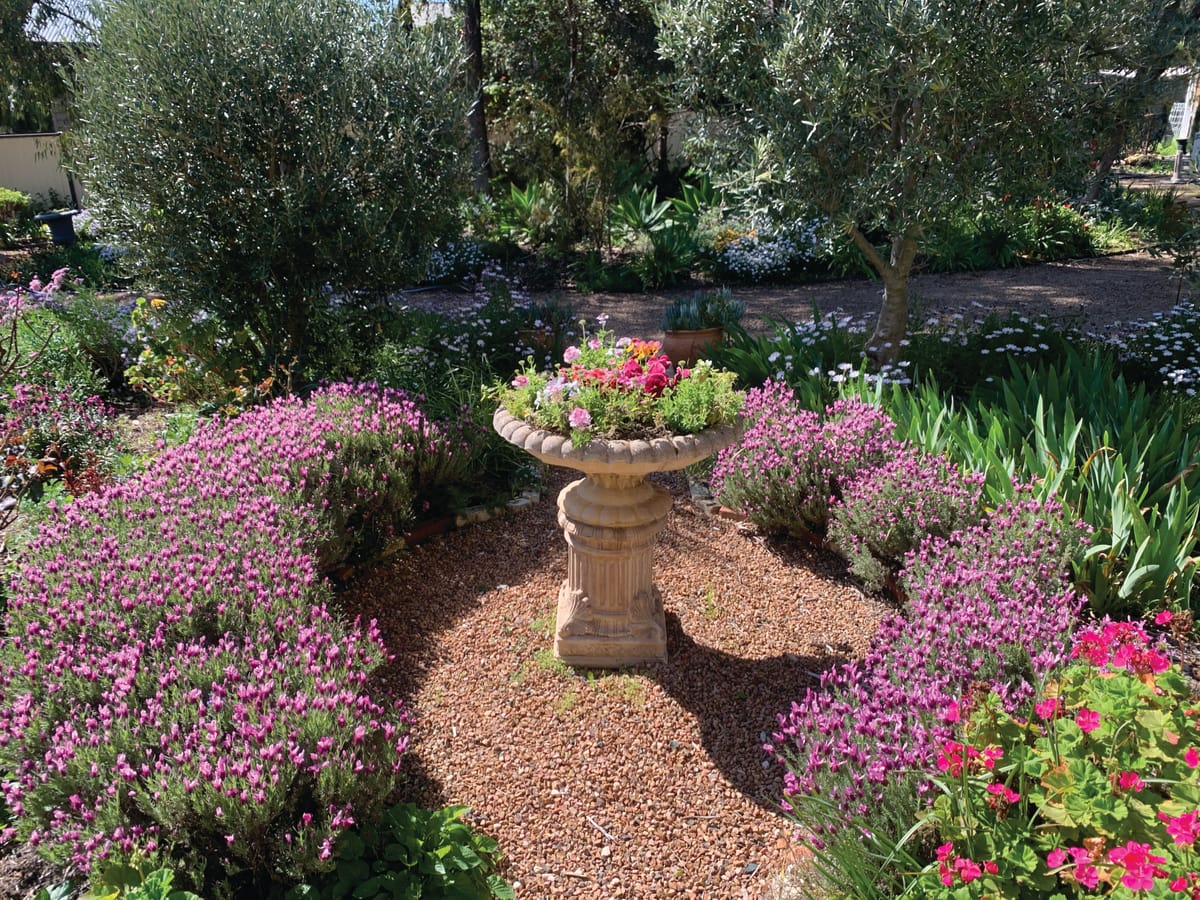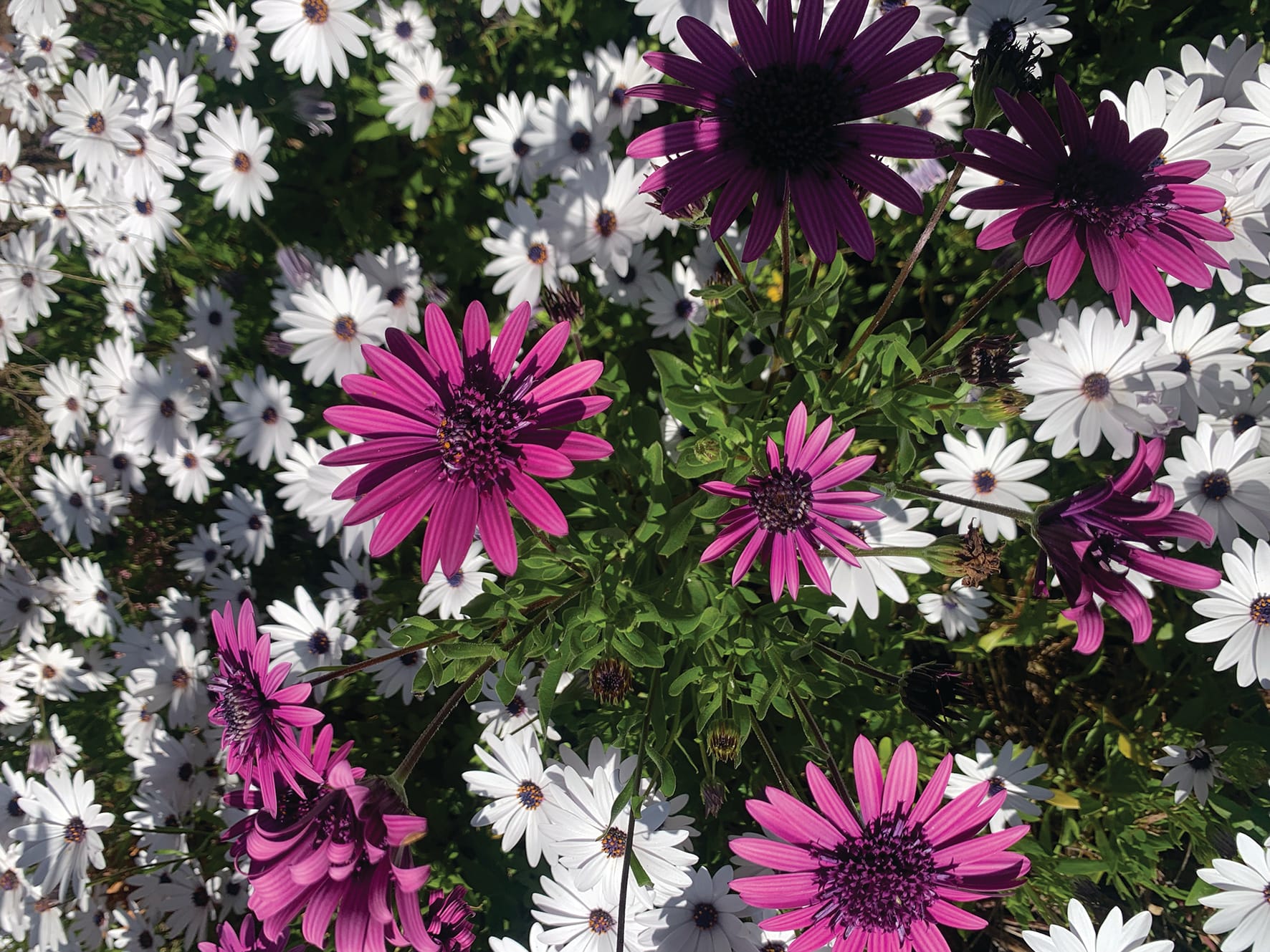Spring is here

Spring is here and it never ceases to delight me to see the garden begin to burst with colour. If you can, it is a lovely time to walk around your neighbourhood. It is also a great opportunity to see what grows well in your area.
Many exotics (not native to Australia) can do extremely well here. Roses especially love the climate and the clay soil, but take note from Roger Mann, the author of Yates “roses”. “Don’t put a $10 plant in a 10 cent hole!” Good preparation is always the key to successful planting with any plants. And don’t forget that roses are heavy feeders throughout their flowering stage. Roses require a minimum of five to six hours of direct sunshine per day for optimum health and flowering but must not be over watered once established. They can be higher maintenance requiring pruning and attention to pests and disease.
Unfortunately as your plants burst into their spring glory so come the pests. Aphids or greenfly (Macrosiphum rosae) are probably the worst insect pest of the rose. The pinhead size insect sucks the sap off new shoots but before you reach for chemical sprays, try a natural approach and save the “good” insects. Squash the soft body aphids between your thumb and forefinger or shoot them with a blast of water from the hose. Last year I waited (a little anxiously) for the aphids natural predator to arrive. Ladybirds, lacewing and hoverflies did come and saved the day!
If you look at Mediterranean gardens, many of those plants can work well here, sharing a warm climate and stony soil.
The other great performers in my garden have been African daisies (Cape Marquerite or osteospermum) and Liriope. I’m mentioning these as they require absolutely minimal attention. The vibrant daisy like African daisies are native to South Africa. They tolerate low water, low nutrient soil, heat and frost. They are great ground cover, coming in white, pink, purple, orange and red. Give them a good cut back occasionally to prevent them from becoming leggy or invasive.

Another ground cover is the hardy perennial Liriope. A low, grass-like flowering plant from Asia, Liriope grows in full sun, part shade and full shade. It’s flowers can be purple, pink or white in the late summer to autumn. It does have small berries which are not known to be toxic to dogs but always take care. Again, Liriope are drought and frost tolerant and can be grown as a grass alternative. As it spreads through underground rhizonnes, just check that it is not competing too much with the other plants in a garden bed.
Finally, my lavender hedges are a constant source of delight in spring and summer. Another plant tolerating poor nutrients soil heat and low water once established lavenders do require pruning and at least six hours of sunlight daily. I have various purple, white and pink varieties in my garden.
This is just a tiny snippet of wonderful plants to be found in local gardens. Enjoy this glorious time of year and happy gardening!
The baby boomer bloomer




